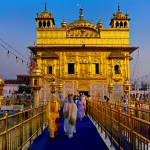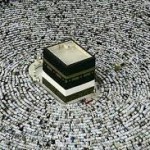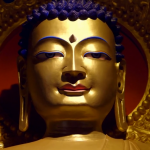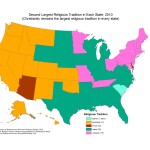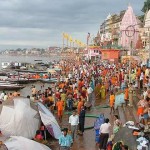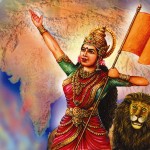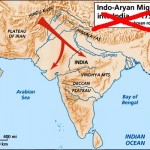Sikhs marched in London this week to mark the anniversary of the storming of the Golden Temple in 1984. What happened 30 years ago and what exactly is the Golden Temple and what makes its golden? The Golden Temple is Sikhism’s holiest shrine. It’s located in Amristar in the state of Punjab in the northwestern part of India. Construction of the temple began in 1604. Much of the foundation is made of marble while the outside is plated in... Read more

